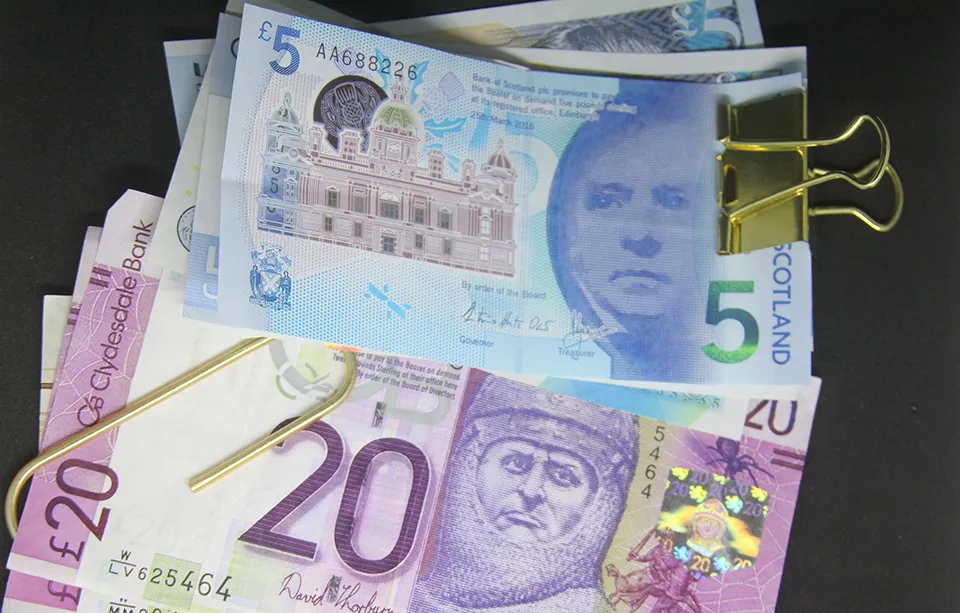More than 20 years ago, Alex Salmond – then leader of the Scottish National Party (SNP) and later Scotland’s first minister from 2007 to 2014 – described the pound as a “millstone round Scotland’s neck”. Despite this, in the lead-up to the 2014 referendum on Scotland’s independence from the United Kingdom, he seemed confident that Scotland could remain part of the currency union if the ‘yes’ vote won.
Current Scottish government currency policy is based on a 2018 report by the Sustainable Growth Commission, which suggested keeping the pound (a process known as ‘sterlingization’) for around a decade after independence.
Access intelligence that drives action
To unlock this research, enter your email to log in or enquire about access




